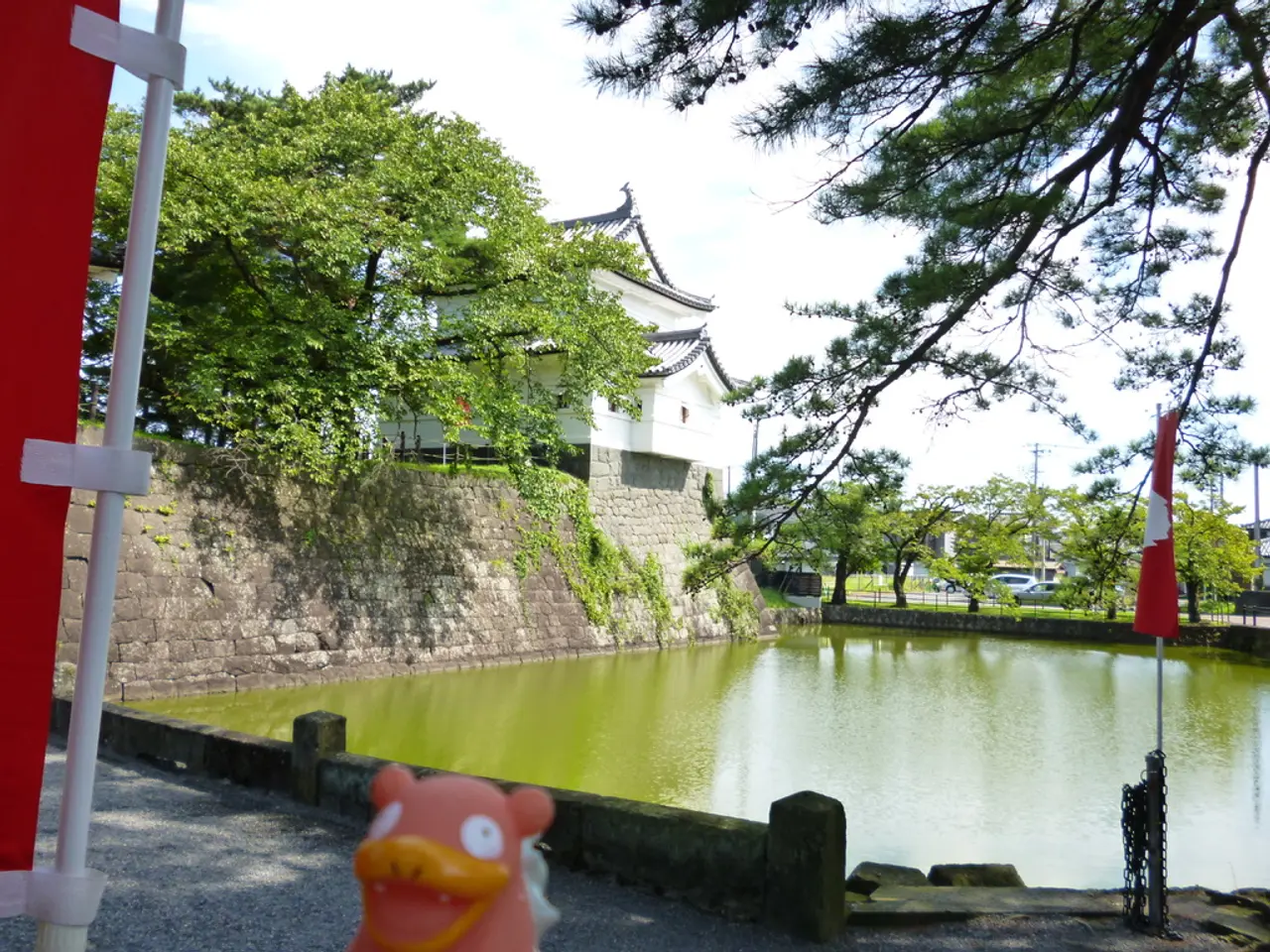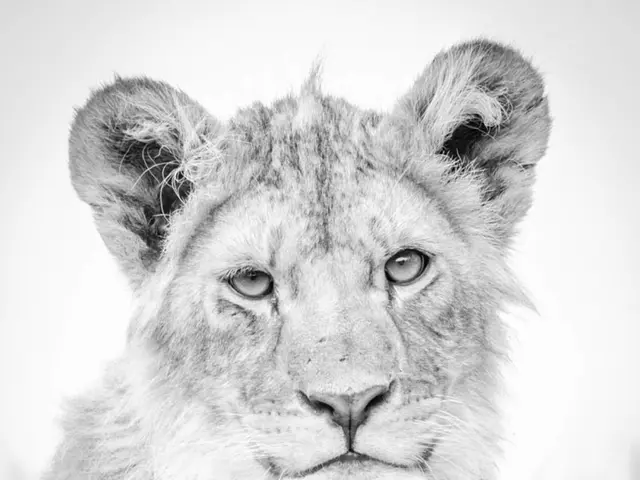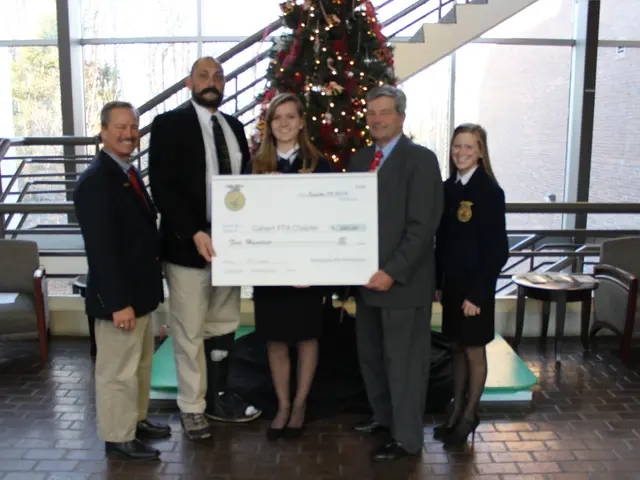Welcome to Katmai National Park: Your Ultimate Guide
Discover the Awe of Katmai National Park: Your Gateway to Wild Alaska Beauty and Wildlife Marvels!
Dive into the wonders of Katmai National Park, a natural paradise situated approximately 290 miles southwest of Anchorage, Alaska. Get ready to learn about the park's rich geology, diverse flora and fauna, and unique features that make it a true Alaskan gem.
Where is Katmai National Park located?
Nestled on the Alaska Peninsula, Katmai National Park lies just west of King Salmon, with Kodiak Island off its eastern coast.
How to reach Katmai National Park
Airports
The closest major airport to Katmai National Park is Anchorage, AK, but you'll also find smaller airports at Kodiak and Homer, AK.
transport within the park
Despite its remote location, Katmai National Park can be accessed via several means:
- King Salmon to Lake Camp: Dirt roads lead from King Salmon to Lake Camp, offering access to boats for Naknek Lake and Brooks Camp.
- Brooks Camp to Valley of 10,000 Smokes: A 23-mile dirt road takes you from Brooks Camp to the Valley of 10,000 Smokes, with three river crossings and the Three Forks cabin offering stunning views.
- Daily bus tour: A concession provides daily bus tours from Brooks Camp for a convenient exploration experience.
- Commercial flights: Daily commercial flights operate between Anchorage and King Salmon, while charters, air taxis, and boat tours are available from King Salmon, Anchorage, Homer, and Kodiak. Scheduled service into Brooks Camp is available by floatplane and boat.
- Using bear spray: Capsicum bear spray is not allowed on commercial airlines. Let your pilot know if you're carrying bear spray so it can be placed in the floats of the plane.
Establishment of Katmai National Park
Declared as a National Monument on September 24, 1918, Katmai was eventually established as a national park and preserve on December 2, 1980. The park has undergone boundary changes in 1931, 1942, 1969, 1978, and 1980, and was designated as a wilderness area on the same date in 1980.
Size and Visitation
Spanning over 4,186,999.22 acres, Katmai National Park is a vast and largely unexplored territory:
- Acreage - as of September 23, 2000:
- Katmai National Park and Preserve (Federal Land - 382,074.00, Non-Federal Land - 36,625.22)
- Katmai National Park (Federal Land - 3,611,494.73, Non-Federal Land - 63,034.95)
- Visitation - 1999:
- Total Recreation Visits: 51,399
- The majority of visitors arrive from June to mid-September.
Wildlife
Known for its brown bears and vast fish populations, Katmai National Park boasts an impressive diversity of wildlife, including:
- Brown bears: Katmai's brown bears are renowned worldwide for their size and feeding habits.
- Fish populations: The Bristol Bay streams, including the Naknek River, support some of the world's largest salmon runs.
- Caribou: A migratory caribou herd roams the area, with evidence suggesting a more regular presence in the past.
Visitor Guide
Accessibility
- Brooks Camp facilities and bear viewing platform: Accessible for people with disabilities. Be aware of the proximity of bears to Brooks Camp, as close encounters are common. The Brooks Falls Trail and Platform are not accessible for those with mobility limitations.
Basic Visit Recommendations
- Number of visitors: Matrix-like bear densities can make July and September popular months, with limited spaces at the Brooks Falls Platform in July.
- Weather and bears: Always expect delays due to weather or bear activity when visiting Katmai National Park.
Camping
- Camping Permits: Permits are required for backcountry camping and can be obtained from the Brooks Camp Visitor Center or park headquarters in King Salmon.
Entrance Fees
- User Fees: A $10.00 per person per day fee is charged at Brooks Camp, with a $5.00 per person per night camping fee.
Fishing
- Alaska Fishing License: Required for fishing and all state rules apply.
Food and Supplies
- Food at Brooks Lodge: Meals are available for all visitors to Brooks Camp.
- Brooks Lodge Trading Post: Offers white gas, fishing gear, snack foods, souvenirs, and other limited supplies.
Hiking
- Katmai's Wilderness: Explore deep lakes, scenic valleys, volcanic landscapes, and coastal areas, offering opportunities for backpack trips or day hikes. Canoeing, float, or kayaking lakes, rivers, and streams is also a popular activity.
Lodging Facilities
- Concessioner accommodation: Offers accommodations and food service at Grosvenor Lake and Brooks Camp from June to mid-September.
- Reservations: Necessary for accommodations and food service. Reservations will not be available until after March 15. For more information, call Karen Gustin or Mark Wagner at 907-245-3305.
Pet Information
- Pets: Pets are allowed in Katmai National Park and Preserve except for Brooks Camp and within 5 miles of Brooks Camp due to high concentrations of bears.
Programs and Activities
- Interpretive Programs: Various programs, including evening slide programs and ranger-led cultural walks, are available at Brooks Camp throughout summer.
Visitor Centers
- King Salmon Visitor Center: Provides information on the entire Katmai National Park and Preserve region. Bear-resistant canisters are available for backcountry use.
- Brooks Camp Visitor Center: Offers educational materials, bears orientation videos, and books, cards, and custom posters for sale. Visitors also attend the Brooks Camp Bear Etiquette School to learn how to behave around bears.
- Katmai National Park, nestled on the Alaska Peninsula, offers an unparalleled Alaskan experience for hikers, campers, and wildlife enthusiasts.
- Situated just west of King Salmon, this national park can be accessed via a series of road, air, and water routes, making it an accessible wilderness getaway.
- The close proximity of the Anchorage airport and smaller airports at Kodiak and Homer provide multiple options for travelers looking to embark on a Katmai adventure.
- Inside the park, dirt roads lead from King Salmon to Lake Camp, offering access to Naknek Lake and Brooks Camp, while a 23-mile dirt road connects Brooks Camp to the Valley of 10,000 Smokes.
- Daily bus tours, commercial flights, charters, air taxis, and boat tours further expand the options for travel within Katmai National Park.
- Capsicum bear spray, a common precaution for bear encounters, is not allowed on commercial airlines; inform your pilot if you're carrying bear spray so it can be placed in the floats of the plane.
- Declared as a National Monument in 1918 and officially established as a national park and preserve in 1980, Katmai National Park has a rich history that spans over a century.
- Sprawling across 4,186,999.22 acres, the park remains a largely unexplored territory, boasting diverse natural landscapes, lakes, rivers, and geological features.
- Katmai's famous brown bears, vast fish populations, and migratory caribou make it a haven for wildlife lovers seeking an authentic Alaskan experience.
- The park is also home to the world's largest salmon runs, adding another dimension to the unique wildlife encounters that can be found here.
- A visitor guide is available to help plan your trip, recommending basic visit guidelines, accessibility accommodations, camping permits, entrance fees, fishing information, food and supplies, hiking opportunities, lodging facilities, pet guidelines, and programs and activities.
- With its breathtaking landscape, diverse wildlife, and rich history, Katmai National Park is a must-visit destination for outdoor enthusiasts, nature lovers, and travelers seeking a genuine taste of the Alaskan wilderness lifestyle.




